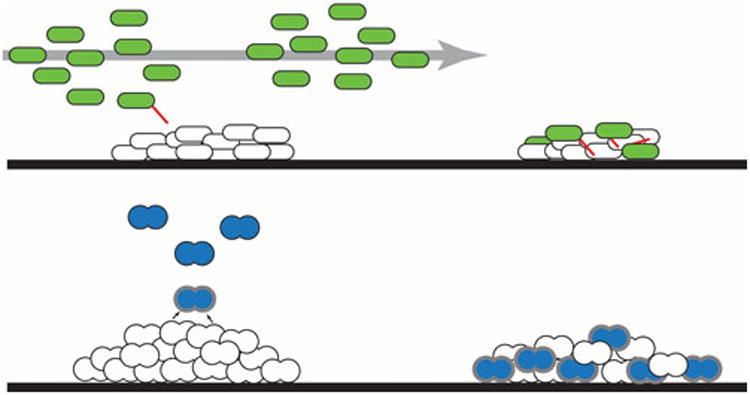Figure 2. The interplay between conjugation and biofilm development.

Top panel: A model proposed by Ghigo (15), based on his analysis of conjugation between E. coli strains. Planktonic populations of donor cells (green), carrying plasmids such as R1, whose conjugation functions are normally repressed, contain a few spontaneously depressed individuals. When these depressed cells encounter a biofilm containing recipient cells (white) they can attach via their sex pili (red) and transfer the plasmid. In newly generated transconjugants, there is a transient period where repression of conjugation is not operative. This can be followed by “epidemic spread” of the plasmid through the biofilm population, and the associated production of sex pili also can increase the biofilm biomass directly. Lower panel: In E. faecalis, expression of conjugation is regulated by peptide mating pheromones produced by recipient cells. In the scenario depicted on the left, the pheromone produced by recipient cells (white) in a biofilm turns on expression of conjugation in planktonic donor cells (blue) in close proximity, and the resulting synthesis of pheromone-induced surface adhesins (thick, gray layer) promotes both an increase in biofilm resulting from increased attachment of planktonic cells, and also leads to plasmid transfer within the biofilm. In the right panel, development of a mixed biofilm as a result of attachment of both donors and recipients to the same surface may allow for signaling and conjugation between sessile donor and recipient cells in close proximity (34).
